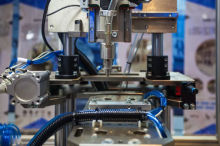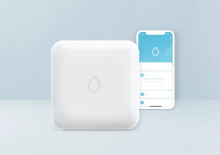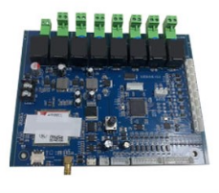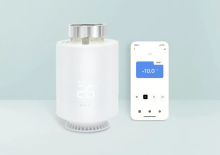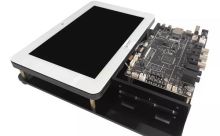Chances are, you've built a way to tune the current into your design, as the device performs continuous real-time monitoring under different conditions, thus ensuring that the device minimizes current consumption at each given point in time. But are you really minimizing power consumption? What if you had a way to dynamically adjust the voltage level at the same time? How much more battery will you save?
To illustrate the potential for additional energy savings, let's compare a few simple examples. To emphasize this point, I'm going to use some simple math. Your device may be much more complex, but the principle should be the same. All optical sensing systems are designed to operate under more challenging, unfavourable measurement conditions - for example, someone running and sweating on a shady mixed trail. Optical sensor algorithms that attempt to measure parameters such as heart rate under these difficult conditions need to tune the LED current to the highest rating to achieve a better signal-to-noise ratio (SNR) for a more accurate continuous reading. Typically, the optical sensing circuit consists of an LED in series with an optical analog front end (AFE) driven by a voltage V. Light emitting diodes. Let us consider a green LED-based system where the V LED powering the LED and AFE chain is fixed at 5V. At the highest rated current (100mA), the forward voltage drop on the LED is assumed to be 4V and the voltage drop on the optical AFE is assumed to be 1V.
V LED = 5V
VF = 4V, 100mA
V DRV = 1V
Now, let's consider what happens to this system when measurement conditions become favorable, such as when the same person is working or even sleeping at a desk in an office. Under favorable conditions, the proposed algorithm can greatly reduce the optical sensor current. At lower currents, such as 5mA, the forward voltage drop on the LED will drop to 3V, leaving 2V on the optical AFE.
V LED = 5V
V, F is equal to 3V, 5mA
V DRV = 2V
However, at lower currents, the voltage required for proper operation on this AFE (its compliant voltage) drops. However, due to the fixed 5V on the V LED, the V DRV is actually higher than under adverse conditions. For example, if the compliant voltage of AFE is V DRV_COM = 0.16V, we can see that the voltage at both ends of AFE exceeds 1.84V. This effectively means that the system consumes 1.84V x 5mA more power than it actually needs.
In fact, any system that uses a fixed V LED architecture and needs to scale for unfavorable conditions will end up consuming too much power under favorable conditions. However, if the V LED is set by a regulator with dynamic voltage scaling (DVS), which can be adjusted up and down according to the current setting, the power consumption can be minimized. In fact, the system can adjust the V LED to minimize the following expression for each current setting by some appropriate margin.
V LED - (V F + V DRV_COM)
Even with a simple look-up table approach, setting the voltage to fit a specific current range may result in significant power savings, thereby extending the battery life of the device.


